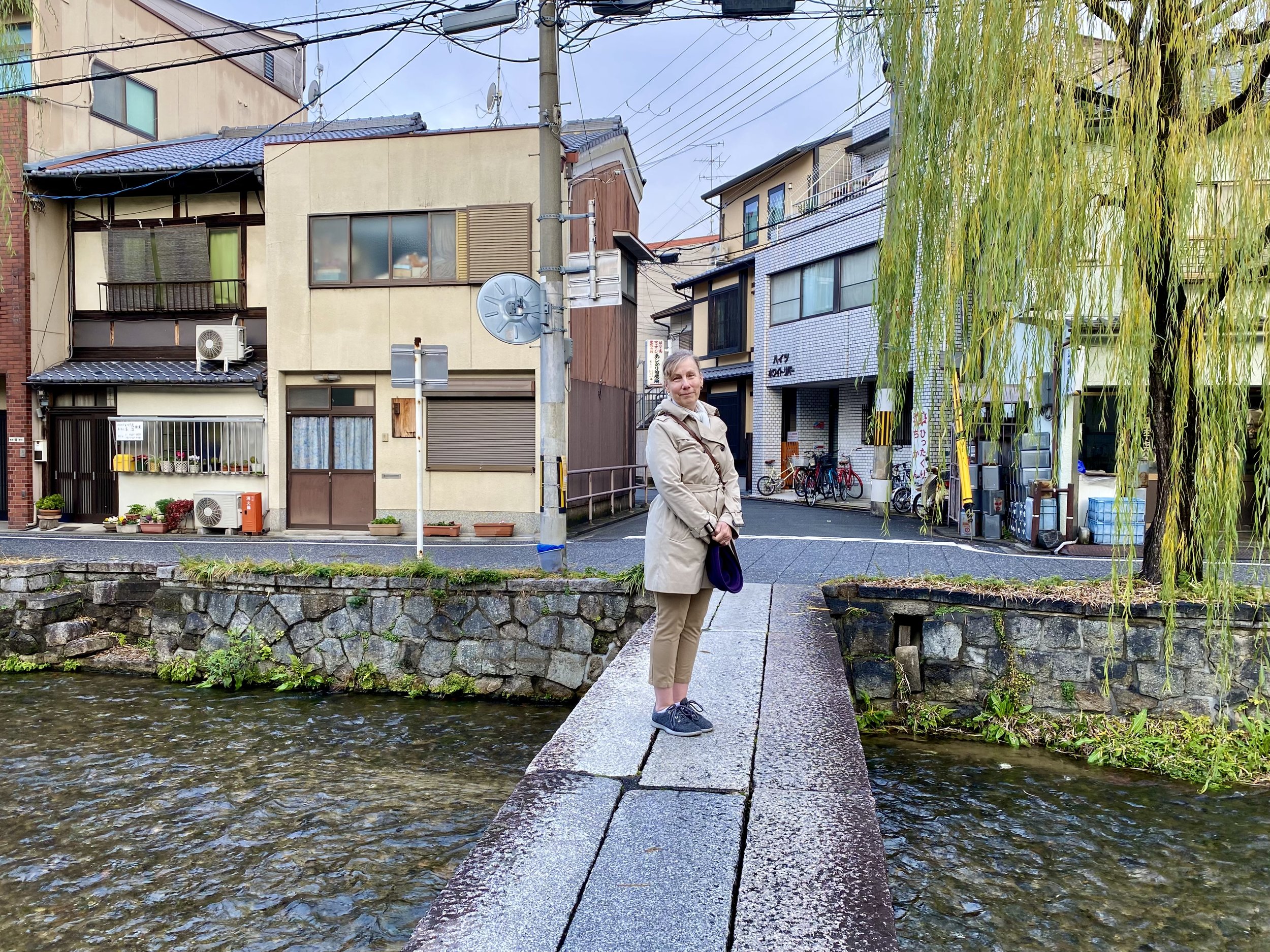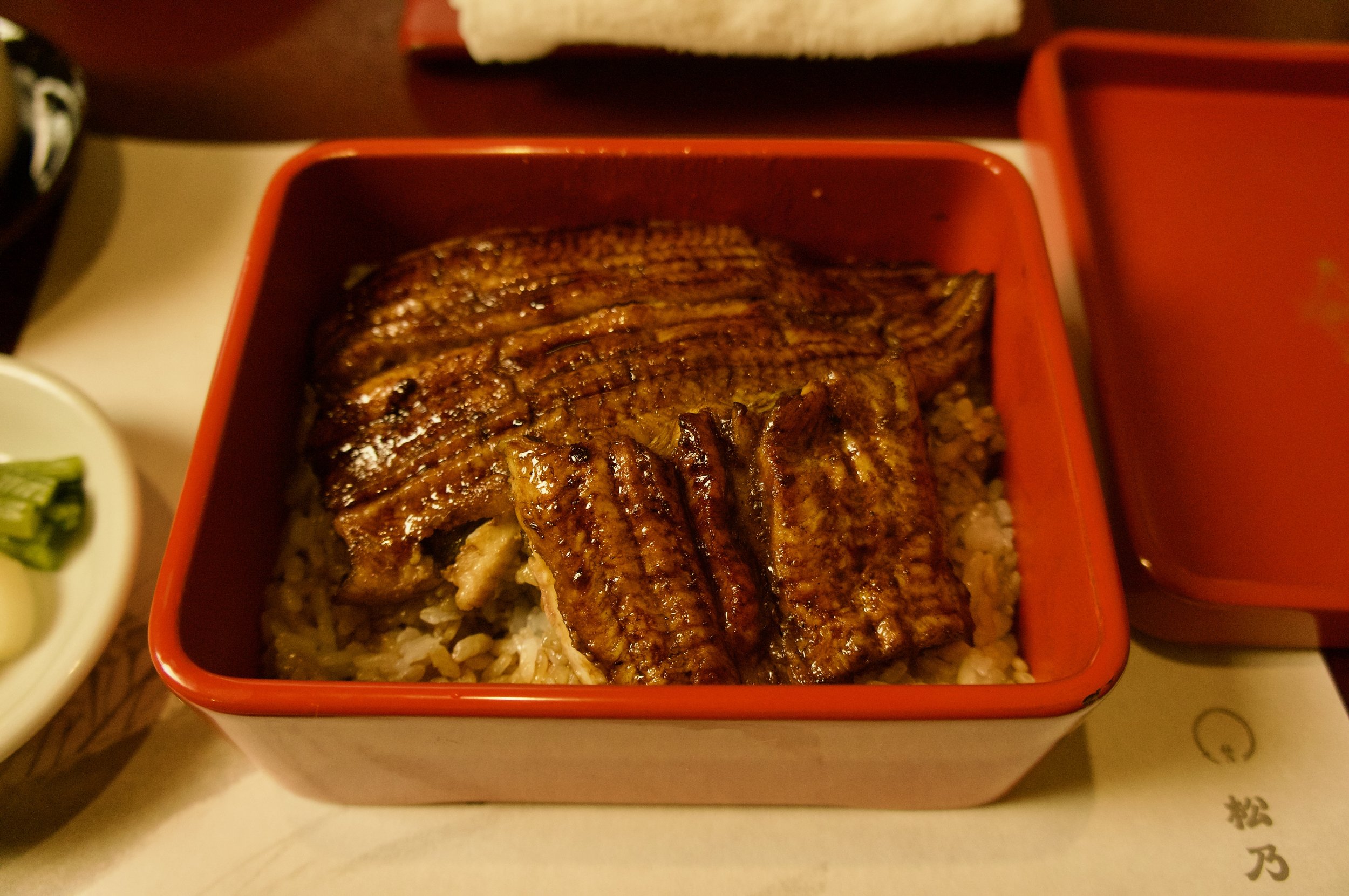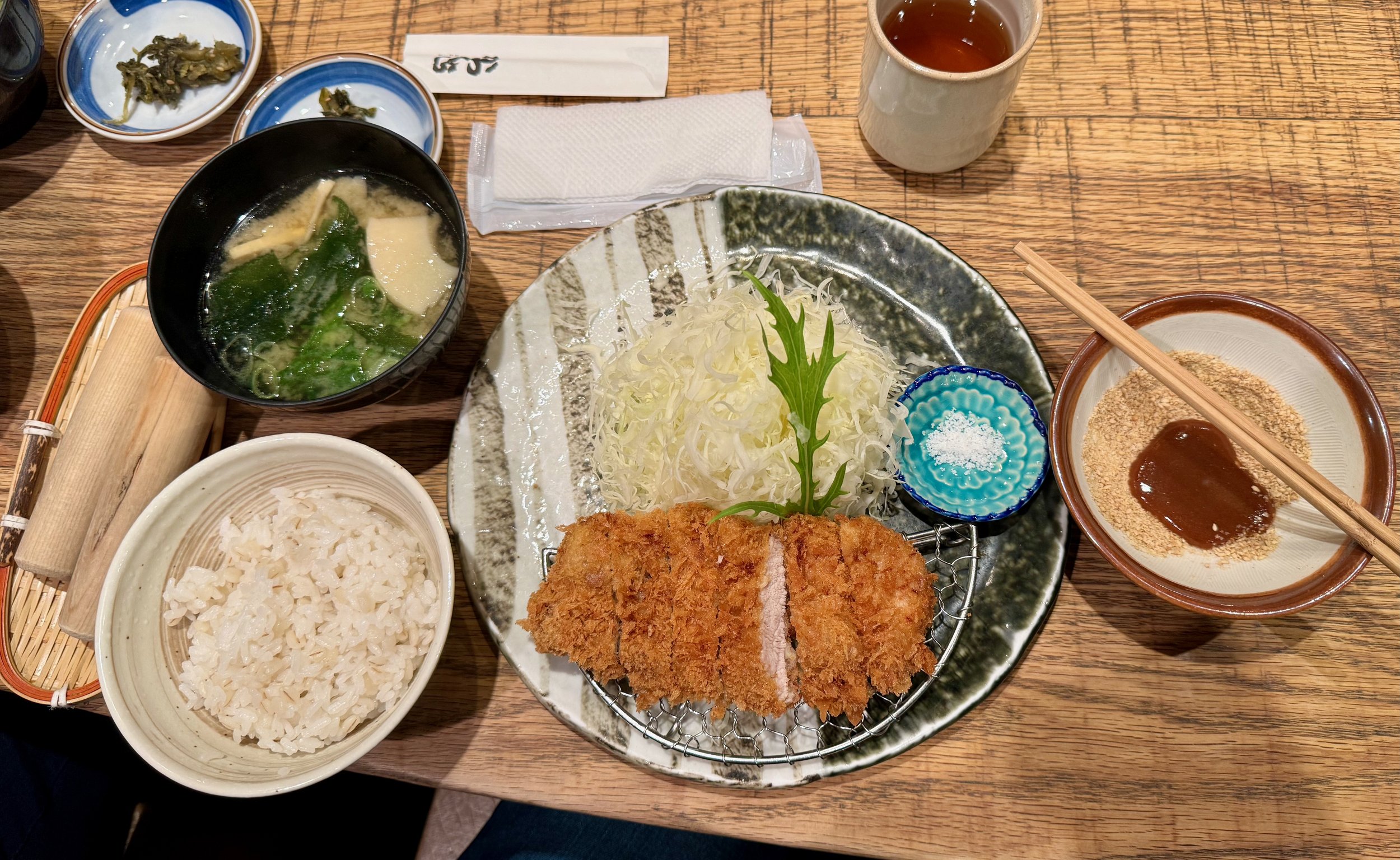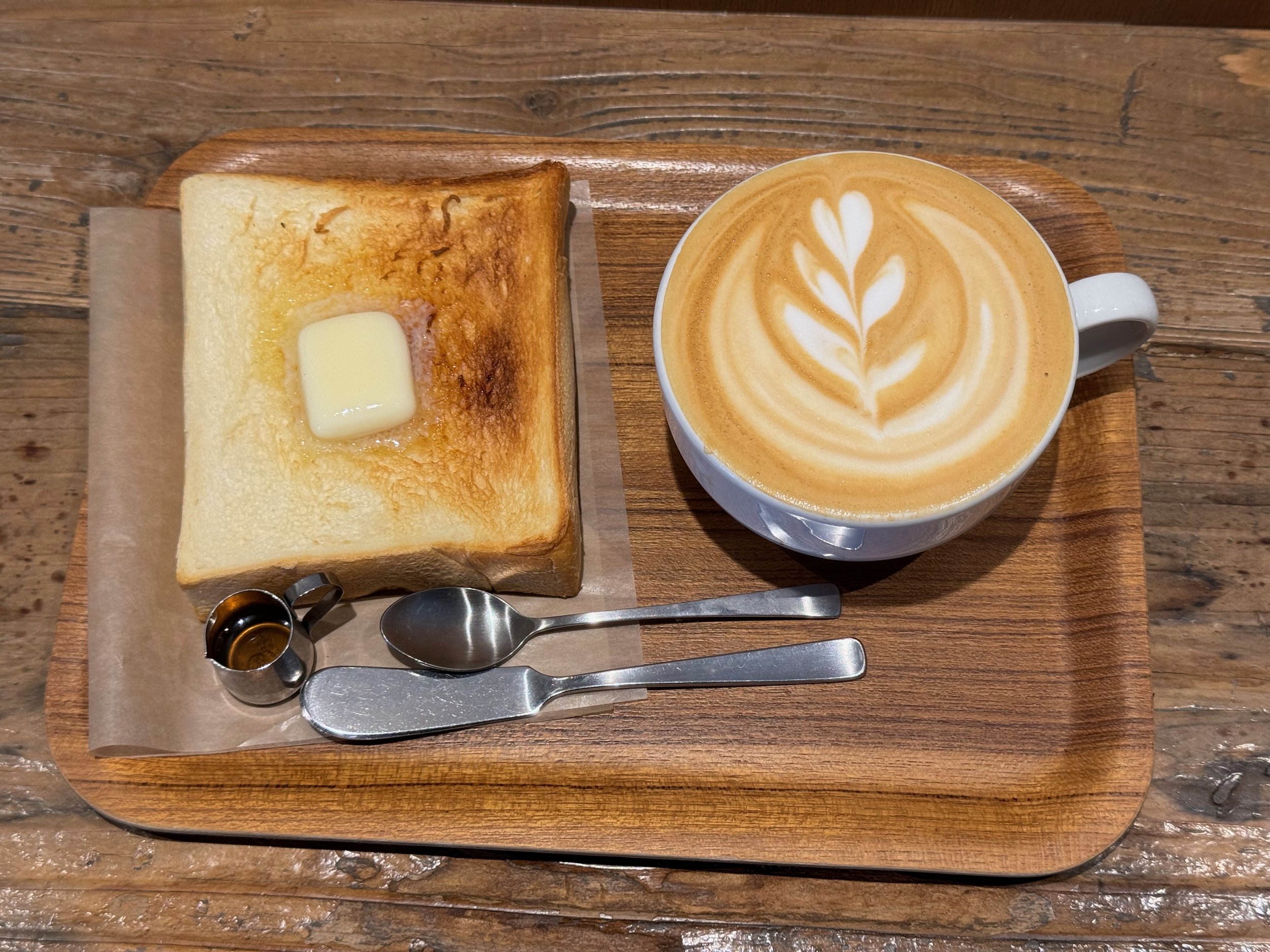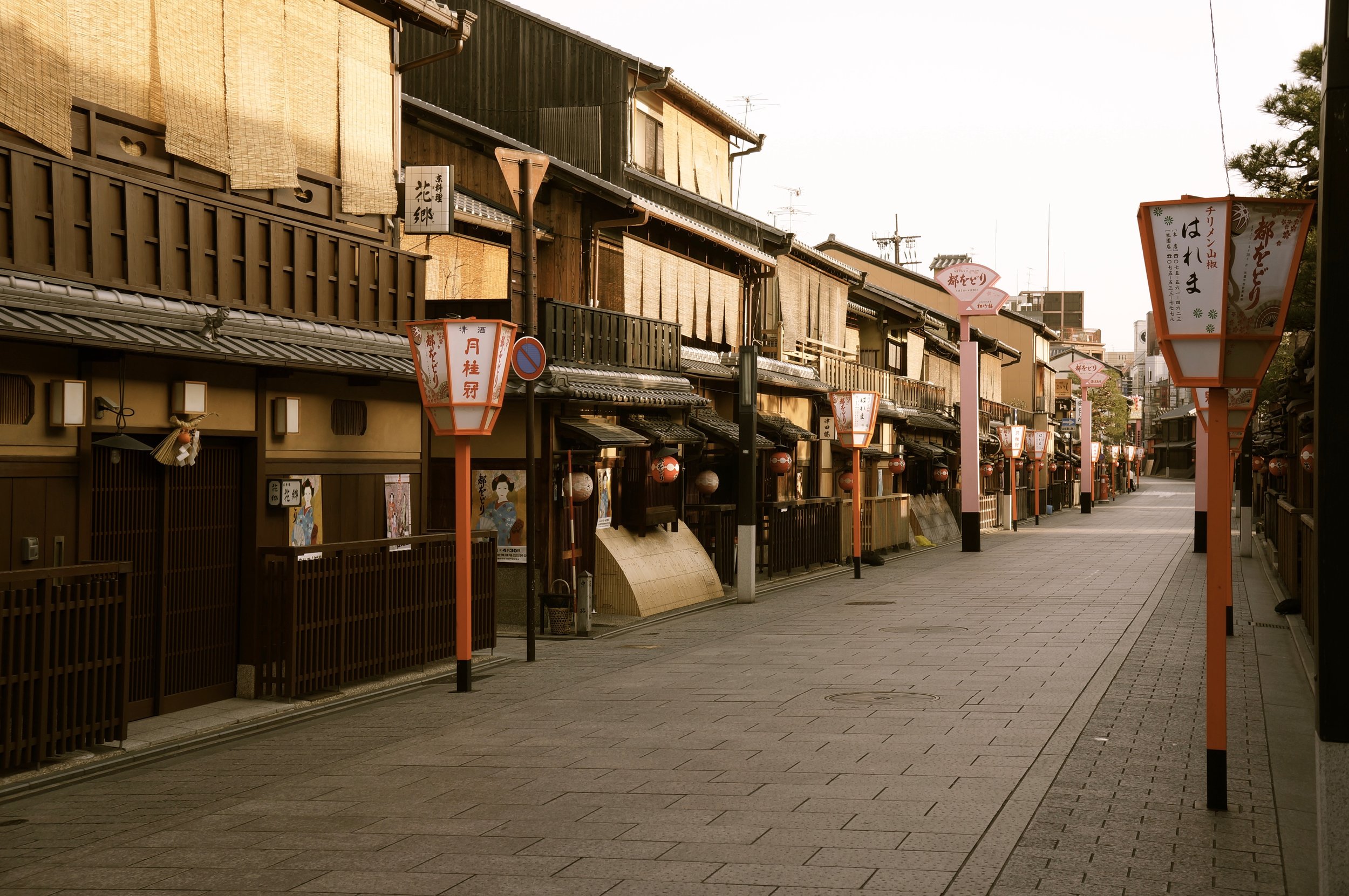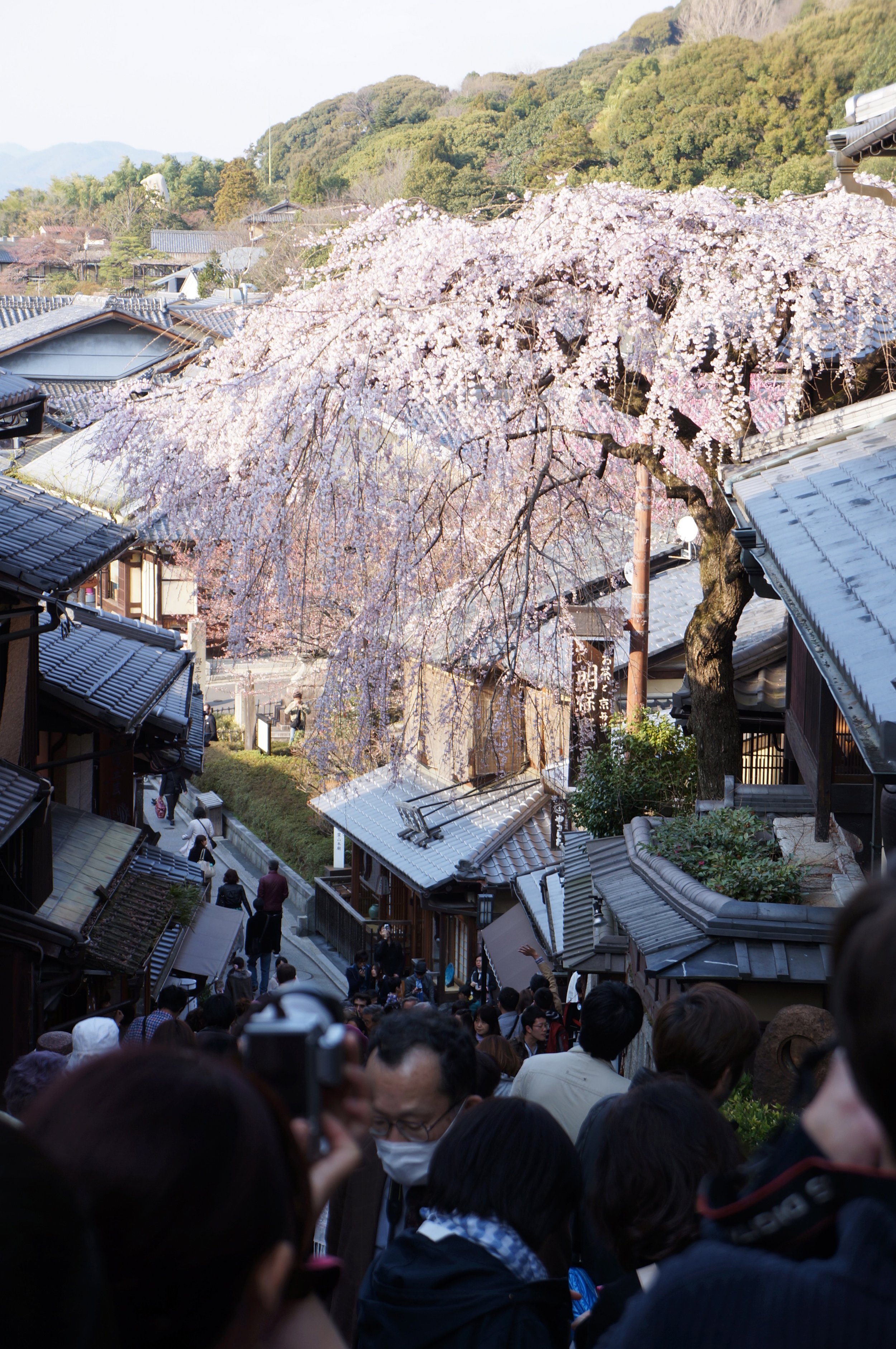So You’re Going to Kyoto?
Photo: Ken Kocienda
Friends often ask me about where to stay and what to see in Kyoto. I am always happy to oblige because I love the city and its people so much.
I hope you’ll enjoy these recommendations* and feel free to leave your own input. What do YOU think is unmissable? Is there anything here that needs to be updated?
Where to Stay
- You can’t go wrong. Everything is safe and clean.
- If you want to maximize travel convenience (perhaps you’re only staying for one night – more’s the pity), there are many hotels just a short walk from Kyoto Station. Kyoto Station (and the maze of hallways below it) are crammed with restaurants and shops. It’s not the most scenic part of town, but you won’t have trouble getting from there to anywhere else. Obviously, all the main train lines (including the Shinkansen bullet train) and bus lines go in and out of there. The Hotel Granvia is in the Station building (up on a top floor where it’s quiet); it’s quite nice.
- My favorite neighborhoods to stay are: Gion (touristy, possibly noisy, near the nightlife and action), Sanjo to Shijo Kawaramachi (shops, businesses, restaurants), Kiyomizu Temple or Ginkakuji area (touristy, somewhat quieter, gorgeous). The areas around Shimogamo and Kamigamo are real-world neighborhoods a bit removed from all the tourists, and the two shrines Shimogamo and Kamigamo are beautiful and ridiculously old.
- South of Kyoto Station and particularly the southwest part of the city are the least scenic.
- I’ve stayed in AirBnBs with success
- Our favorite places to stay are ‘machiya’ rental homes through https://www.kyoto-machiya-inn.com if you want to ‘go native’. They can be pricey but they are fantastic!
Exterior of rental machiya in Gion area.
What to Eat
- Department store basements offer delightful smorgasbords of prepared foods. When you’re tired of traipsing around and your tummy is rumbling, head to Takashimaya or Daimaru and go downstairs. It’s always exciting because the vendors are all shouting about their awesome speciality, and it’s generally quite crowded. Lots of polite jostling. Amazing foods!! (Note: it’s impolite to eat on the street. Take that food someplace where you can sit down properly.) (https://www.insidekyoto.com/daimaru-basement-food-floor-kyoto , (https://www.insidekyoto.com/takashimaya-basement-food-floor-kyoto)
Matsuno (松乃). Great unagi (eel) restaurant in Gion, close to Yasaka Shrine. It’s expensive, but there is no better. (https://www.yelp.com/biz/祇をん-松乃-東山区)
- Omen Noodles is a good choice if you take the Philosopher's Walk and end up at Ginkaku-ji, hungry and chilly. You’ll come out happy and mopping your dripping nose. (https://kyotofoodie.com/omen-udon-kyoto-veggies-ground-sesame/)
Nadai Tonkatsu – This little hole in the wall (almost literally) is right at the entrance to Teramachi, one of the covered shopping streets in the Sanjo Kawaramachi area (see below). It looks distinctly unpromising outside, but it’s quite nice once you squeeze down the narrow hallway and head downstairs, and the tonkatsu is truly top-notch.
Coffee Shops
For breakfast, coffee shop chains like Doutour and Tully’s feature delightful little breakfast sets. Starbucks has made a dent in Kyoto as well.
What to See
- Gion (祇園) and Yasaka Shrine (八坂神社). After dropping your bags at your Kyoto Station hotel or your machiya, you’ll want to head to the Shijo Kawaramachi shopping district, then across the river to the old entertainment quarter, Gion. Shijo Street dead ends into Yasaka Shrine, and you have to pass through Gion to get to it, so this area is hard to miss. Contrary to what the photo below suggests, the area is almost always teeming with life (in recent years it has been somewhat overrun by tourists). In the evening, stalls sell street food just inside the Yasaka Shrine grounds. Lots of souvenir stores (much of it is high end stuff) line the streets. Wind your way left and right down through the sideways and enjoy how the wide boulevard quickly compresses down into tiny alleyways, as though you were walking upriver, up to the spring’s source.
Hanami-koji Street early in the morning, still fast asleep. It's a nocturnal neighborhood.
- Between Yasaka Shrine and the Kamo River is Hanamikoji Street. Stroll down this picturesque street to see the geisha and maiko entertainers in the evening. (Note: Be courteous. Tourists have been terrorizing these professional women, chasing them down and interrupting them to get photographs. Leave them alone.) Kenninji Temple, just off Hanamikoji, has awesome ink drawings of dragons on the ceiling. In the daytime, look for signs for ‘Nene no Michi’ – the little avenue has beautiful trees and traditional Japanese architecture.
Kiyomizu-dera (清水寺). A wild and wooly marriage of Buddhism and Shinto. There are so many nooks and crannies in this place, it takes two or three hours to explore. If you like good luck charms, this is your lucky day. Drink from the waters of luck, buy charms and protective amulets, pray for good test scores, make the blind walk between the love stones.
And of course, check out the iconic promontory jutting out over the valley. Enjoy the Ninenzaka/Sannensaka shopping streets that leads to the temple for souvenirs. (Photo: Ken Kocienda)
- Nanzenji (南禅寺)and Eikando (永観堂): I write about both of these temples in my book Girl in a Box! The Sanmon Gate at Nanzenji was featured in the movie Lost in Translation. They will be stunningly beautiful in the fall. Eikando is a ten-minute walk up the road in the direction of the Philosopher’s Walk (below). Don’t miss these wonderful temples.
- The Philosopher's Walk (哲学の道). From Nanzenji and Eikando, follow the foot path north to to Ginkaku-ji (銀閣寺). It’s a leisurely one-hour walk along an old canal lined with cherry trees. Coffee shops and restaurants are dotted along the way. (https://www.japan.travel/en/spot/1162/)
Teramachi Street (寺町通) and Nishiki Market (錦市場).
Japanese-style shopping streets in central Kyoto. Great for shopping, getting something to eat, people watching, and street scenes. (http://www.savoryjapan.com/travel/kyoto/nishiki.market.html) Nishiki is a traditional Japanese covered food market street. Even after living in Japan for a long time I did not know what a lot of those foods were. There is a lot of fresh fish and Japanese root vegetables and spices. To the uninitiated nose, the smell is not great, but just take in the intensity and strangeness of it. I am afraid the last couple times I went here it was completely overrun by tourists. Still worth it.
- Sanjūsangen-dō (三十三間堂). Home of 3000 hand-carved Kannon statues. The guardian statues are also amazing. Unfortunately, no photos allowed inside! Still worth a visit. (http://en.wikipedia.org/wiki/Sanjūsangen-dō)
- Kinkakuji (金閣寺). It's a temple sheathed in gold. Enough said. http://en.wikipedia.org/wiki/Kinkakuji
- Nijo Castle (二条城) gives you a great feel for how the shogun lived when he was in Kyoto. Don't bother going to the Imperial Palace where the emperor lived (called the "Gosho"--it's pretty boring. Nijo Castle is the place to go. The emperor was basically a figurehead, but the Shogun was where the buck stopped. (http://www.japan-guide.com/e/e3918.html)
Kyoto environs
- Fushimi Inari-taisha (伏見稲荷大社). This shrine has an amazing tunnel of torii gates that wind up into the mountain. Each of the torii gates is emblazoned with the name of the company that purchased it for good business luck. The magical fox is sort of the mascot of this temple. He is everywhere. You can get there easily from Kyoto Station. It’s probably Instagram Heaven. http://en.wikipedia.org/wiki/Fushimi_Inari-taisha
- Arashiyama (嵐山). Wonderful scenic location on the western outskirts of Kyoto. The iconic bridge (called Togetsukyo) was immortalized in woodblock prints. You can take a tour boat down the rapids if you like, and at night in summer they do cormorant fishing from the boats. There is also a wild monkey refuge you can walk through and the bamboo forest you must have seen on Instagram (http://www.japan-guide.com/e/e3912.html).
- Enryaku-ji (延暦寺). Atop Mt. Hiei, the tall mountain that looms over Kyoto in the same way that Mt Tam looms over Mill Valley. Enryakuji was established in the 700s around the time that Kyoto was established as the new capitol. It was meant to protect the city from evil spirits coming from that direction. This is spooky, quiet, mysterious place. Get there by tram and ropeway. It will take you all morning or all afternoon. Take the bus back down to central Kyoto. Look for a Keihan (京阪) bus going to Sanjo-Kawaramachi (三条河原町). When you get off, you're right in the middle of a wonderful shopping area, which includes Teramachi (寺町) street.
- Osaka: Last time I was there, I stayed near Kuromon Market (黒門市場). What an adventure for foodies and people watchers.
Tokyo
I am still learning about Tokyo, but these recommendations are based on recent visits.
- You must visit Asakusa (浅草), Sensoji Temple (浅草寺), and the famous Toranomon Gate (虎ノ門). It is filled with little festival stalls and lots of things to look at: http://www.japan-guide.com/e/e3004.html
- To see the quirky young Japanese at their best, go to Harajuku (原宿). You’ll see the anime cosplay kids, the ‘otaku’ weirdos, and the J-Pop enthusiasts. The Omotesando Avenue that runs along it is full of expensive shops and places to stop for a drink or snack: http://www.japan-guide.com/e/e3006.html
- Akihabara is where you go to see all of the crazy electronics shops. Pop into a pachinko parlor and take in the noise: http://www.japan-guide.com/e/e3003.html
- A writer friend of mine, Jonelle Patrick, has a great blog on places to see in Tokyo: https://jonellepatrick.com/the-tokyo-guide-i-wish-id-had/
- After about two days of this, your ears will be ringing and you will want to get out of Tokyo.
Further Afield
- Mt Fuji: I have never climbed it! I hear it is grueling and harsh, and there’s not much to see, it’s a bit of a moonscape close to the top. However, views of Mt Fuji itself from below are fantastic. I’ve been to Kawaguchi Lake (Kawaguchi-ko), which is chock-a-block full of cute little B&B’s (pensions), all with amazing views.
- Onsen resorts: If you want to go to an onsen (hot spring) near Mt Fuji, try searching on Hakone or Kawaguchi-ko for onsen and traditional style hotels called ryokan. I’ll do a separate post on bathing in Japan.
- Hiroshima and Himeji: 90 minutes south of Kyoto on the Shinkansen is Hiroshima, where you can see the "genbaku-dome" -- the building at ground-zero which miraculously survived the first atomic bomb. Also on the train line to Hiroshima is Himeji, which has an excellent samurai-era castle, totally worth stopping for (http://www.japan-guide.com/e/e3501.html). You could stop at Himeiji for a few hours on the way to Hiroshima, then spend the night in Hiroshima before heading back to Kyoto.
Notes!
Philosophical Level-Set: All of Japan, but especially Kyoto, should be appreciated not for its superlatives (biggest, fastest, tallest, newest) but for its subtleties. Slow down, appreciate the small, the humble, the plain, the musty and rusty. If you want to blow your head off, go to Manhattan or London. If you want to find yourself, go to Kyoto.
Tipping and taxis: Don't tip in restaurants or taxi drivers. Don’t touch taxi doors. They open and close automatically.
Cash or credit? Use credit cards in hotels and to buy bullet train tickets, as well as at large restaurants. However, Japan is still cash-oriented. Expect to use cash at small restaurants and cafes, at temples, and in small shops. You can get cash at ATMs in 7-11 convenience stores and in large train stations.
Train and bus cards: Get a Suica card for riding buses and trains all over Japan (in some geographies they have other cards—Passmo is another version—but they are increasingly interchangeable and I believe Suica is the dominant one). There is an app you can download and load money onto by linking it to a credit card (see screenshot below), or you can buy a physical card. You can even use Suica in some places to buy food. (Note: During the pandemic, it was hard to buy Suica cards because of a shortage of semiconductor chips, but hopefully they’ve worked that out.)
Shoes: Be ready to take off your shoes whenever you go inside a hotel room or temple. It’s good to have easy slip on/slip off shoes.

